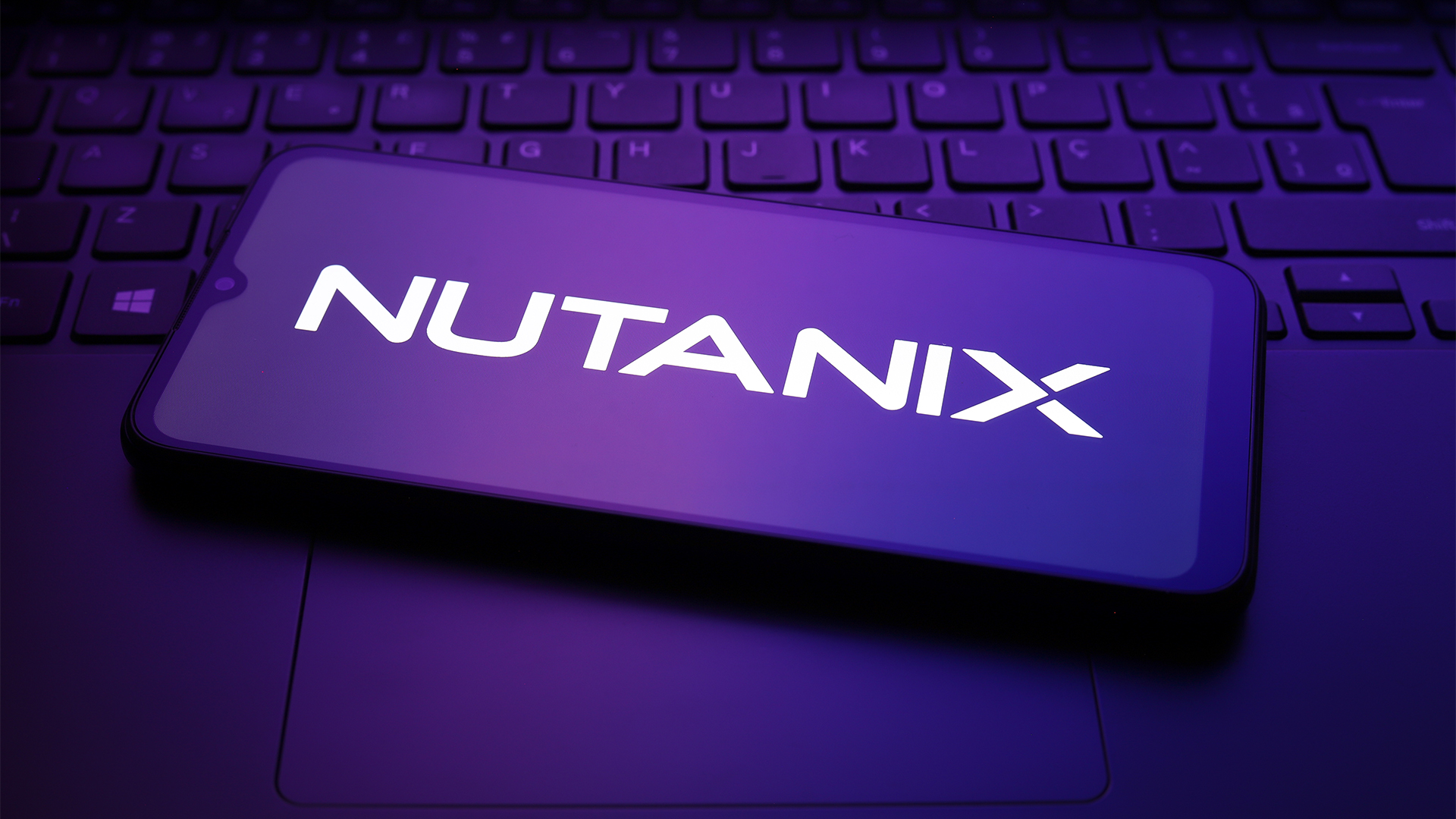Tarkan Maner of Nexenta talks software defined storage
Tarkan Maner, CEO of Nexenta, talks about software defined storage the ‘Dwarf 8’

One of the best things about being a journalist is that we get to meet and interview some incredibly interesting and knowledgeable individuals.
In 2013 I probably conducted more than a hundred briefings and a few stand out as truly memorable for the things said on and off the record. Vin Murria, CEO of Advanced Computer Software, Serguei Beloussov, CEO of Acronis, and Tarkan Maner, CEO at Nexenta were three of the best, and have a lot in common as serial entrepreneurs with a track record of delivering results. All three also have an insightful viewpoint of their respective market, which like the best and brightest, is often contrary to the perceived wisdom.
Here is my interview with Maner.
Thin world
I have covered thin computing on and off for about 15 years and always found the technology interesting and in many ways, it was a neat precursor to virtualisation. On the thin computing device front, Wyse had been an innovator for a number of years.
Former CEO of Wyse Tarkan Maner took over and invested heavily in the company in 2007 when the highly respected firm was starting to look like a bankruptcy candidate. Although great on technical innovation, Wyse had been passed around a number of parents, lost its focus and lacked leadership. Even with better products, arch rival HP has easily overtaken it and the firm looked like a sitting duck.
When Maner and the investment team sold Wyse to Dell in 2012 for a rumoured $500m the deal was the culmination of a five-year rebuilding project that took it to number one thin client vendor, ahead of HP.
Stay up to date with the latest Channel industry news and analysis with our twice-weekly newsletter
Maner is now back in investment mode, taking a healthy stake in Nexenta, one of number of software defined storage start-ups. However, Maner takes cordial exception to my wrapping the firm up in a software defined cocoon. “You want to make sure that we define what ‘software defined’ actually is – there is software based and software defined,” he says. Maner clearly views his new firm as software defined compared to his software based rivals; in his view a clearly more beneficial position.
Software defined from a hardware company?
Coming from senior roles at Dell, Wyse, CA, IBM, Quest and Sterling Software, alongside a number of advisory roles and investment in several IT start-up companies and boards, the CEO is adamant that software based / defined storage can only come from a software company.
“Take a $40bn company like EMC, they simply can’t do it,” he says pointing at the 17 different management consoles and decade-old products that keep marching onwards like zombies. “They can’t end-of-life anything as they have all the contracts – they are stuck – they have shackles on and will never be a true software defined or even a true unified management platform.”
Maner points out that the EMC ViPR platform is now four years down the road without a product and more importantly, the sales structure is not set up to move to software, “Do you think EMC is going to go to Dell and say ‘Please run our software on your hardware?’ It will never happen.”
However, Maner candidly points out that some of Nexenta’s significant customers are actually large tier one server vendors who can’t compete on certain deals against open source rivals using their own scale-out storage boxes. “These country managers need to hit their margin targets so they close deals with our software on their boxes,” he adds.
The firm is a still a small fish in the storage pond but the CEO says that it is growing 100 percent year-on-year. “We are closing $500k deals,” he says. “At Dell we were happy with 20 percent margin on a hardware deal, on software it’s huge.”
He points out that the channel can effectively carve out its own margin as the company is expanding out its footprint past the current “few hundred partners”. The strategy for the channel is that each country will have two distributors; a broadliner and a specialist with Gtech as the first UK specialist – a broadliner is to be announced shortly.
Nexenta is also aligning itself with VMware as the best storage software stack to sit behind VMware’s View, Horizon and Mirage tools: “We are the VMware selected storage solution for View – we are growing that business at 200 percent a year,” says the exec. Only Atlantis has a similar relationship,” he adds. But “they are around VDI optimisation so we don’t really compete.”
But why is this business growing so fast? “Why? because EMC is so expensive, customers won’t buy View.” Maner says half-jokingly that EMC hates View because its removes the need for local sever storage, but is also rubbing its hands at the prospect of more storage purchasing for the datacentre. Either way, the CEO has a deep love for all things VMware and sees a natural affinity to another software company that does not force a hardware dependency.
Dwarfs vs Giants
Even though he is an investor in at least one of the super-hyped all flash storage vendors, Maner still dismisses the trend as only addressing the top of a pyramid, drawing a napkin diagram showing the five percent of applications that need these levels of performance. He believes that even with the best companies - citing Pure and Nimble – the cost of per terabyte is measured in thousands while he quotes commodity storage servers running Nexenta as measured in the low hundreds per terabyte.
“If you look at the ‘Big 8’ [EMC, NetApp, HP, IBM, Dell, HDS, Quantum and Cisco] and then look at the ‘Dwarf 8’ start-ups [Pure, Avere, Nimble, Trinti, Nutanix, etc] there is no conceptual difference between both groups,” he says. “They create an appliance, with a bunch of stuff in it and deliver the customer the same convergence story, yes they are software defined, but only for their own appliance.”
Manner argues that if you look under the cover of the ‘Dwarf 8’, most are “open source based” and “they can’t licence out the technology so they have to put it all in a [hardware] box and then sell the box,” he says. Yes we do open source but we have 18 patents – this is our own IP, so we can sell into the channel as software.”
The conversation with Maner was a revelation as almost every subject was on the table – some on and a lot off the record. However, what is clear is that the CEO believes that true software defined is a market that has little competition for his software company.
“Every investor agrees that in the next two years, [it’s] convergence and software defined storage because the money is here and now. When we look at pipeline, we see 100 percent growth. We are investing heavily on IP, management framework, and object storage.”
For the channel – the company is encouraging partners to build solutions using hardware to fill the needs of customers who want lower cost storage but with an appliance mind-set.
He concedes that the brand is not as well known, “You go into a new market and consumers don’t know Nexenta, but because of our open source history, the storage admins, they know us – it is a bit like Apache. Then we tell our customers, we have shipped over an Exabyte of storage and then they understand that this is a serious company.”
Weirdly, for all his bluster, Maner is a cordial interviewee and has a lot of complimentary things to say about many of his rivals but at his core, it is evident that he sees his new baby as a completely different animal from the predators and prey in in the storage jungle.
From this correspondent’s point of view, the message offered by Maner and the minnows at Nexenta is interesting and the company, unlike many of its rivals, is allegedly profitable and the huge mark-up on software means that in that rump of the storage pyramid, the firm can undercut all of its rivals on commodity hardware and still turn a profit.
The firm also seems pragmatic – Maner is happy for partners to come to him with ideas and deals, extolling the notion that if it makes us money “why not?”
The economics of software versus hardware make Nexenta something channel partners need to at least look at, especially as virtualisation on commodity hardware starts to erode the monopoly of the “Big 8”.
-
 What now for enterprise virtualization?
What now for enterprise virtualization?With a trusted partner like Pure Storage, businesses can make the most of their virtualization journey
-
 Nutanix wants to help customers shore up cloud sovereignty
Nutanix wants to help customers shore up cloud sovereigntyNews New automation tools and infrastructure management capabilities look to tackle single-vendor dependency and shore up sovereignty requirements